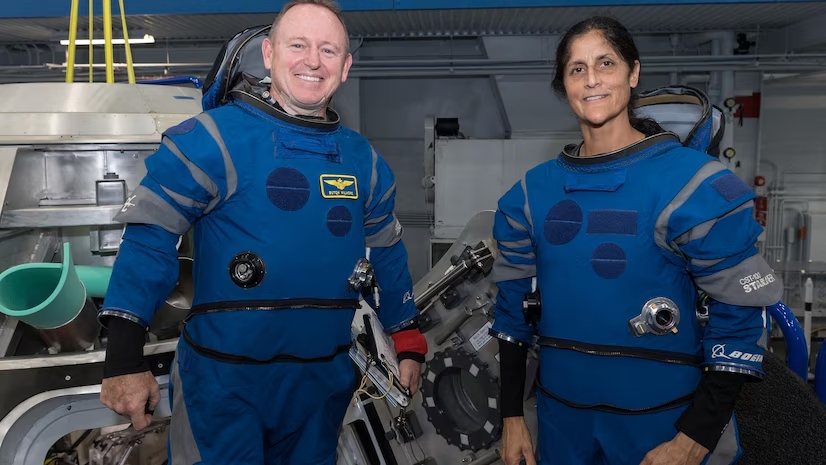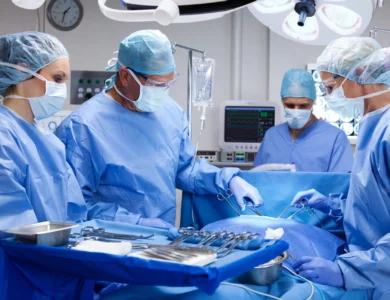NASA and SpaceX Prepare for Crew-9 Mission to Bring Astronauts Home from ISS

NASA is gearing up for the highly anticipated launch of its Crew-9 mission on September 28, aimed at facilitating the safe return of astronauts Sunita Williams and Barry Wilmore, who have been stationed at the International Space Station (ISS) since June. SpaceX, in partnership with NASA, will be sending a two-person crew to the ISS as part of the Commercial Crew Programme.
Scheduled for liftoff from Cape Canaveral Space Force Station in Florida, the Crew-9 mission is set to depart at 1:17 PM EDT (10:47 PM IST). This mission will be led by NASA astronaut Nick Hague as commander, alongside Aleksandr Gorbunov, a mission specialist from Roscosmos, Russia’s space agency. If everything proceeds according to schedule, the Crew-9 Dragon capsule will dock with the ISS on September 29 at approximately 5:30 PM EDT (3 AM IST on September 30).
Unlike previous missions where SpaceX’s Crew Dragon capsules have transported four astronauts, this mission will have two empty seats. These are reserved for the return of Wilmore and Williams, who initially reached the ISS aboard Boeing’s Starliner on June 6. The Starliner experienced technical challenges, including helium leaks and thruster malfunctions during docking. After thorough investigation, NASA opted to bring the astronauts back via SpaceX’s Dragon capsule due to safety concerns with the Starliner.
NASA decided on September 6 that the Starliner spacecraft would return to Earth without any crew. Meanwhile, Hague and Gorbunov will carry out a five-month scientific mission aboard the ISS once they arrive.
In the event of an emergency before Crew-9’s arrival, a contingency plan is in place. Wilmore and Williams would evacuate aboard the Crew-8 Dragon capsule, currently docked at the ISS. Although Crew-8 already has four crew members, Wilmore and Williams would make use of makeshift seats in the cargo area for an emergency return trip. After Crew-9 docks, they would transition to the newly arrived Dragon capsule for any future evacuation needs.
“We will find seats for them to return,” said Ken Bowersox, NASA’s Associate Administrator for Space Operations, in a recent press briefing. “We truly value their dedication, even as they await a longer-than-expected journey home.”







